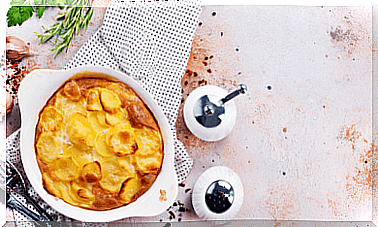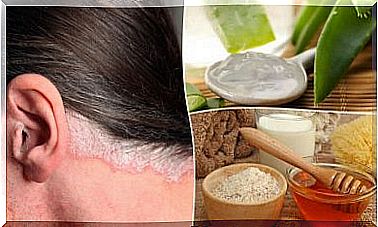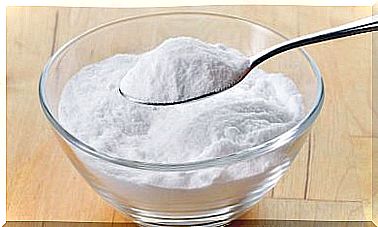High Fever In Children: How To Act?
High fever in children is one of the most common causes for which parents take their children to the pediatrician. This symptom, in most cases, is the temporary increase in body temperature in response to some disease.
There is talk of high temperatures, fevers or fever when the body has a temperature higher than normal. In this sense, the standard temperature ranges between 37 ° C and 37.5 ° C, although it also depends on environmental factors, physical activity carried out or age.
Symptoms of high fever in children
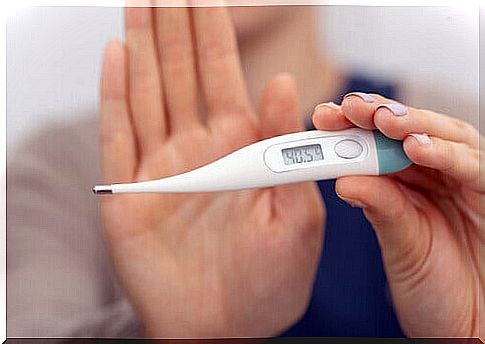
Apart from having the body warmer than normal temperature, there are other symptoms of high fever in children like the ones we present below:
- The child feels cold or chills.
- His eyes are bright.
- The pulsations, in general, accelerate.
- The breathing is agitated, as if it had done a physical activity.
- When it is male, the testicles can descend from their original position.
- The forehead or face looks red, with higher temperature.
- The hands and feet can be very cold, even though the rest of the body is warm.
High fever in children: how to act?
At the moment in which the little one begins to manifest some of the symptoms mentioned above, it is recommended to follow the following tips to neutralize the fever and not continue the increase:
Measure temperature with a digital thermometer
There are several parts of the body where temperature can be measured: the mouth, the ear, the anus, the forehead, and the armpit. Of all of them, the most recommended in children is the armpit.
Mercury thermometers are highly accurate, but they are made of brittle material. Therefore, there is a risk that they may break, since children are restless and, inadvertently, they can break it.
Mercury is the substance that is inside the thermometer, when it breaks, it makes contact with the child’s skin and can be poisoned. To avoid problems, the best option is to take the temperature with a digital thermometer.
Avoid lowering the fever
The fever or breakdown by itself will not cause any harm to the little one, even if it is accompanied by other symptoms. The only reason to act on the fever is if it is recurrent and the thermometer readings are high or because of the discomfort it causes. However, if the child does not show signs of discomfort, it is not necessary to administer medication.
Administer medications indicated by the pediatrician
It is important to take into account that the child should only be given the medicine indicated by the doctor. In addition, the administered dose must be in accordance with the child’s weight.
Typically, the fever will decrease by only one degree after an hour from the time the medicine is given. However, the decrease in fever is not an indicator of the true infection that is generating it in the child.
Antibiotics not indicated to relieve high fever in children
It is not advisable to give antibiotics to lower fever without the authorization of the pediatrician. The reason for this is that antibiotics are not effective against the viruses that cause fever.
Thus, the manifestation of fever can be due to different causes:
- Flu syndrome.
- Constant changes of climates.
- First appearance of teeth.
Therefore, specialists recommend avoiding alternating two children’s medications in case of fever. There are risks of poisoning due to errors in the quantity supplied or unwanted interactions with other medications.
Maintain a comfortable ambient temperature
One option for the child to feel comfortable while he is in the process of normalizing the temperature is to keep the room or place where he is with a pleasant environment. It should be normal, neither too cold nor too hot.
Try not to cover the child too much, as this will cause a lot of discomfort and will make him feel very uncomfortable. Keep in mind that overcoat will not make your fever drop any faster; it is a process that takes place little by little.
Give him a bath
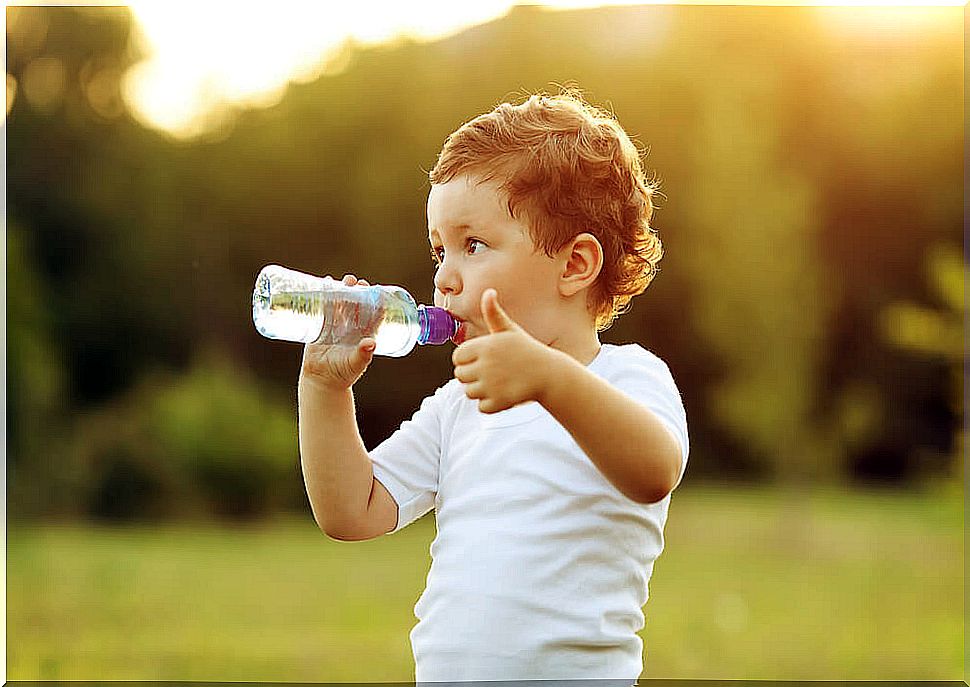
Taking a bath when high fever occurs in children is a valid option that you can carry out to provide relief, but in parallel, you should always apply the rest of the measures that the pediatrician has indicated.
The water has to be at a warm temperature, as bathing is to relax you and make you feel comfortable, not to make you feel worse. You should avoid using cold water, as this will not benefit you and, on the contrary, will make you have an unpleasant time.
Maintain good hydration
Usually when children go through a fever process, they lose their appetite, but there is no reason to worry. It can be due to a number of reasons, such as general discomfort or a sore throat.
Replace solid food with liquids or slightly softer foods, such as water, juices or natural juices, porridges or jellies. The important thing is to prevent the child from becoming dehydrated.
How do I know if my child’s temperature is high?
According to evidence in the study published in Health in Tabasco to which we have linked in the symptoms section, if the temperature is above the following measures, it is because high fever is manifesting in children:
- 100.4 ° F (38 ° C) measured rectally.
- 100.4 ° F (38 ° C) oral measurement.
- 99.5 ° F (37.5 ° C) axillary measurement.
In short, not always when the child has a fever, it is necessary to take him to the specialist. First, you have to watch him keep a record of the symptoms. Depending on the result, you should go to the pediatrician immediately, it may already be caused by a normal growth process such as teething.
